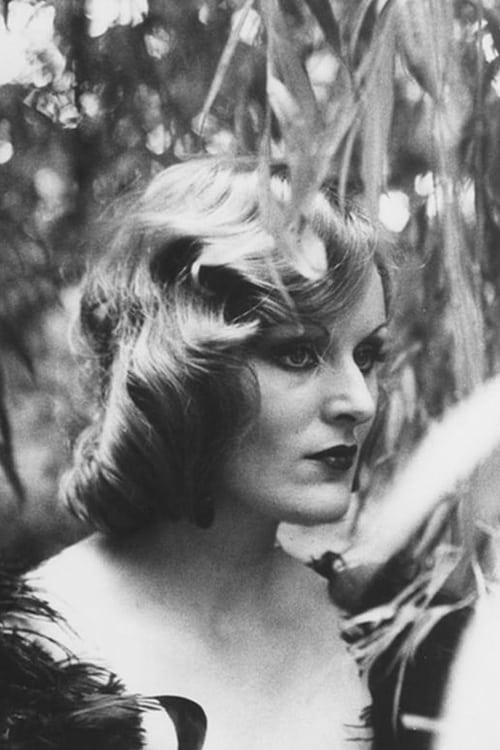Magdalena Montezuma
Рождение : 1942-01-01, Würzburg, Germany
Смерть : 1984-07-15
История
Magdalena Montezuma was born in 1943 in Würzburg, Bavaria, Germany as Erika Kluge. She was an actress, known for The Death of Maria Malibran (1972), Macbeth Oper von Rosa von Praunheim (1971) and The Rose King (1986). She died on July 15, 1984 in Berlin, Germany.
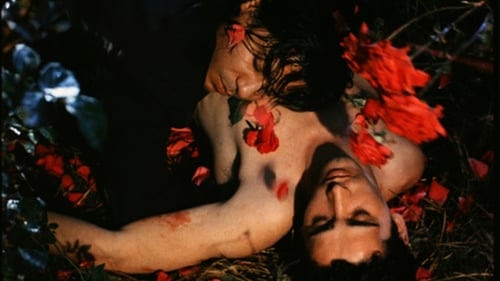
Writer
A mentally unstable woman and her son move to a sprawling mansion in Portugal to grow roses.

Anna, The Mother
A mentally unstable woman and her son move to a sprawling mansion in Portugal to grow roses.
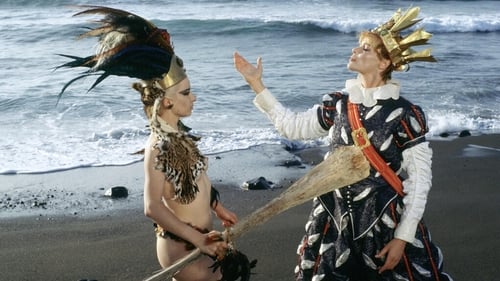
Golem / Norn
Our organization will create a human being whom we can shape and manipulate according to our needs. Dorian Gray: young, rich and handsome. We will make him, seduce him and break him. Ulrike Ottinger, 1984
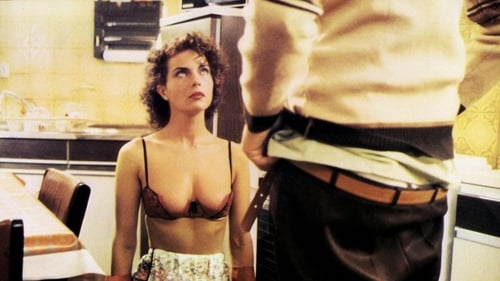
В один прекрасный день Ева поняла, что ей категорически надоело жить с мужем: преуспевающим, но донельзя правильным и консервативным бизнесменом. Недолго думая, она собрала чемодан и отправилась куда глаза глядят. С помощью своей давней подруги она познакомилась с Ивонной, которая помогла ей войти в мир элитной проституции, который открыл перед женщиной ранее непознанные ей горизонты. А в паре со своим новым приятелем Крисом, который тоже зарабатывает себе на жизнь нелегким трудом жиголо, они готовы свернуть горы. Вот только мечты Криса о своем собственном ресторанчике и тихой жизни обычного буржуа настораживают Еву…

Doppelzeugin
Oskar Panizza’s The Council of Love (1895) is a blasphemous play set in 1495, during the first recorded outbreak of syphilis, which Panizza satirically presents as the punishment from Satan for sexually active humans. As a result, Panizza was imprisoned for obscenity. Schroeter alternates scenes from the Panizza’s work with a dramatization of his trial, presenting the play as an expressionist spectacle performed by actors wearing exaggerated makeup who gesture and grimace grotesquely. The film thus forms a bridge between Schroeter’s use of tableaux in his early experiments with the political urgency of his 1980s films. On the eve of the AIDS crisis, Schroeter is presciently worried about disease as an excuse for governmental repression and the oppression of sexuality. - Harvard Film Archive

Zigeunerin
A woman experiences psychic disintegration and ends up in a psychiatric hospital.
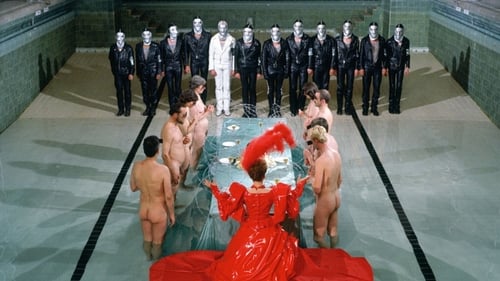
Orlando, als Pilger, Orlando Zyldopa, Orlando Orlanda, Orlando Capricho, Mr. Orlando, The Entertainer Mrs. Orlando
FREAK ORLANDO is divided into five more-or-less distinct sections, all featuring "Freak" Orlando, a woman, played by the late Magdalena Montezuma, who appears in various guises, and deformities, throughout.

Nurse (as Magdalene Montezuma)
Главный герой фильма ведет двойную жизнь: днем Франк преподает в школе, по вечерам — «снимает» мужчин. Ученики его любят. Ночные знакомства не дают заскучать. Времени на все, разумеется, не хватает. Иной раз приходится проверять контрольные в туалете, где за стенкой уже призывно дышит потенциальный «контакт». Но Франк — охотник, азартный игрок. Ночной Берлин и анонимная любовь — это его стихия. Но вот он знакомится с Берндом. И влюбляется. И заводит с ним долгосрочные отношения. А у Бернда — иное амплуа. Бернд — домохозяйка. Он любит готовить, накрывать на стол и ждать каждый вечер своего непутевого любовника к ужину. А тот приходит поздно, да еще и не один, да еще и сердится, что его верный партнер весь вечер, как мышка, сидит на кухне. Долго ли продлятся такие отношения? Хватит ли сил на такую бурную жизнь?

Verteidigerin
Молодой парень Никола Зарбо, сын бедного крестьянина, едет из Пальма-ди-Монтекьяро, что на Сицилии, на заработки в Вольфсбург, в Германию. Он работает на заводе «Фольксваген», влюбляется в немецкую девушку Бригитту, тоскует о доме и семье.
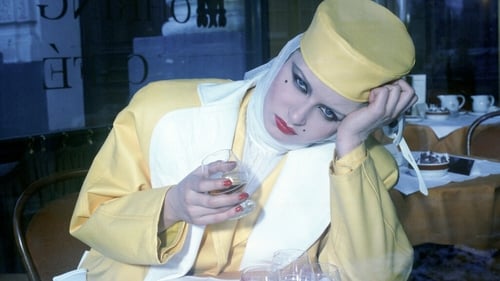
Soziale Frage
A sartorially resplendent woman of few words arrives in Berlin with plans to live out the rest of her days as a drunkard.

Tally Brown, New York is a 1979 documentary film directed, written and produced by Rosa von Praunheim. The film is about the singing and acting career of Tally Brown, a classically trained opera and blues singer who was a star of underground films in New York City and a denizen of its underworld in the late 1960s. In this documentary, Praunheim relies on extensive interviews with Brown, as she recounts her collaboration with Andy Warhol, Taylor Mead and others, as well as her friendships with Holly Woodlawn, and Divine. Brown opens the film with a cover of David Bowie’s “Heroes” and concludes with “Rock ’n’ Roll Suicide.” The film captures not only Tally Brown’s career but also a particular New York milieu in the 1970s.

A German short film

Magdalena, Josette, The Angel of Death
Werner Schroeter's rhapsody of excess leaps from 1949 Cuba to contemporary France to points in between, while its feverishly shifting visual style evokes and parodies everything from kitschy Mexican telenovelas to silent French art films.

With the ascetic grandeur of Carl Th. Dreyer’s The Passion of Joan of Arc, Schroeter evokes the visions of Saint Joan, partly through unused footage of Darling and Caven pantomiming in his 1972 film The Death of Maria Malibran. - MoMA

Two women, one from Boston and one from Germany, flee their empty lives to seek fulfillment in Mexico. The Black Angel is a transitional film; on one hand, it is a companion piece to Willow Springs, featuring two Schroeter regulars as characters far from home and in extremis; on the other hand, it is a film essay about Mexico and as such a harbinger of Schroeter’s nonfiction work to come. While he clearly shares his characters’ fascination with Mexico, the filmmaker also savages touristic exoticism – the otherworldly appearances of his protagonists and their rapturous reactions to new surroundings contrast sharply with the sober perceptions of Mexican history and economics featured in the documentary segments and in the prosaic presence of a non-professional cast of locals. - Harvard Film Archive

Magdalena
Three women retreat to a hacienda in the Mojave Desert and vengefully lure men to their deaths to the siren song of the Andrews Sisters' "Rum And Coca-Cola," in Werner Schroeter's sublimely strange fever dream of a film.
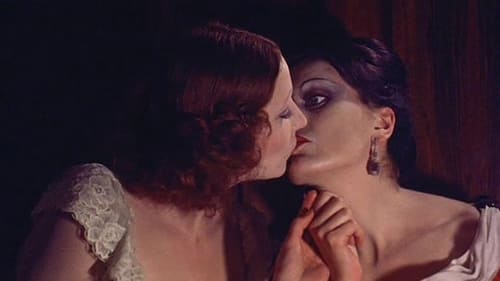
Maria Malibran
Werner Schroeter mixes Stravinsky, Beethoven, Brahms, Maria Callas and Janis Joplin in this delirious biography of the doomed nineteenth-century mezzo-soprano.

Fusing Shakespeare‘s tragedy with the Verdi opera, Schroeter's Macbeth is a fascinating television experiment shot entirely in a studio with several electronic cameras. As Schroeter would recall, "I arranged the Verdi music for a quartet of violin, accordion, piano and oboe, but modeled the rhythms on Argentinian tangos and boleros. The actors sang with horrifying, shrill voices.... The use of video allowed me to produce extraordinary colors.... Of all my films, Macbeth was most unwelcome: Audiences don’t like their Shakespeare to be presented in this way, but I do not differentiate between kitsch and culture...". - MoMA

Collage of dramatic scenes, some exaggerated to comic effect, with asynchronous sound from well known classic, operatic, and rock and roll music – with different approaches to love, suffering, and death.
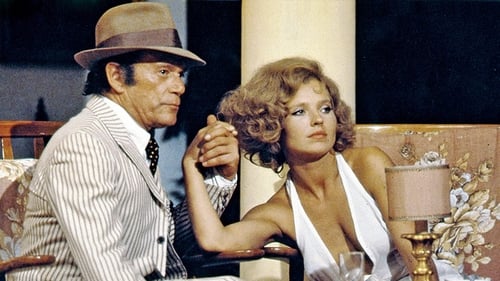
Irm
Автобиографичное размышление о внезапных взаимодействиях и всё изменяющих связях, из которых состоит процесс создания фильма. Лента отчасти основана на впечатлениях от съемки «Уайти». Камера следит за съемочной группой и актерами, которые беспокойно шляются по роскошному испанскому отелю, ссорятся, пьют, занимаются любовью и «играют мускулами» в ожидании главной «звезды», денег на съемку и самого режиссера, который вернет их к творческой жизни. Что это за религия, которая связывает столь разных людей на время киносъемок? А может быть это всего лишь святая блудница, скрывающаяся под маской кинобожества?

Herodes
Schroeter's virtuosic staging of the Oscar Wilde tragedy is a complex montage of image and sound, filmed on the grand steps of Baalbeck, the ancient Roman temple in Lebanon, and interweaving Lebanese and German folk songs with the music of Verdi, Wagner, Strauss, Mozart, Bellini, and Donizetti. Elfi Mikesch, the cinematographer of Schroeter’s later films, designed the film’s sumptuous costumes. A contemporary critic for Le Monde wrote admiringly of Schroeter’s depiction of "the deadly struggle between dark Christian morality and luminous paganism.“

Ханна считает себя эмансипированной женщиной, но вместе с тем мечтает о браке и семье. Ее жених, Майкл, еще не созрел для семейной жизни и мечтает об экспедиции в Перу. Объединив усилия с другом Гунтером, они находят финансирование поездке, но Ханна готова даже на убийство, чтобы не отпустить любимого. В конце концов, она признает поражение, и Майкл уезжает навстречу приключениям.
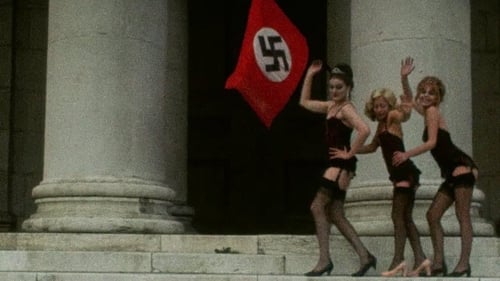
Magdalena
Schroeter’s film is a chronicle of Germany from the Nazi era until the economic boom of the 1950s and 1960s, centering on three women who search for a career as singers and dancers.
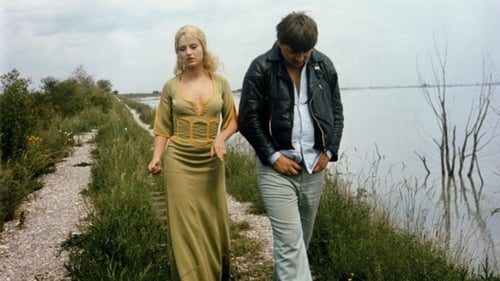
Черный Монах в кожаной куртке задается вопросом, может ли маленькая группа людей сделать пролетарскую революцию. Он вспоминает, как один средневековый пастух поднял восстание против церкви и землевладельцев, сообщив людям, что Дева Мария в видениях просит его об этом. Черный Монах делает вывод, что его революция будет иметь больший успех, если он переоденет свою подругу Джоанну Девой Марией.

Werner Schroeter's stunning split-screen short deals with what the director called "archaic, fundamental themes" of love and mourning.

In a dark and spare theatrical space, four characters use gesture, language, and movement to explore themes of desire and mortality.
